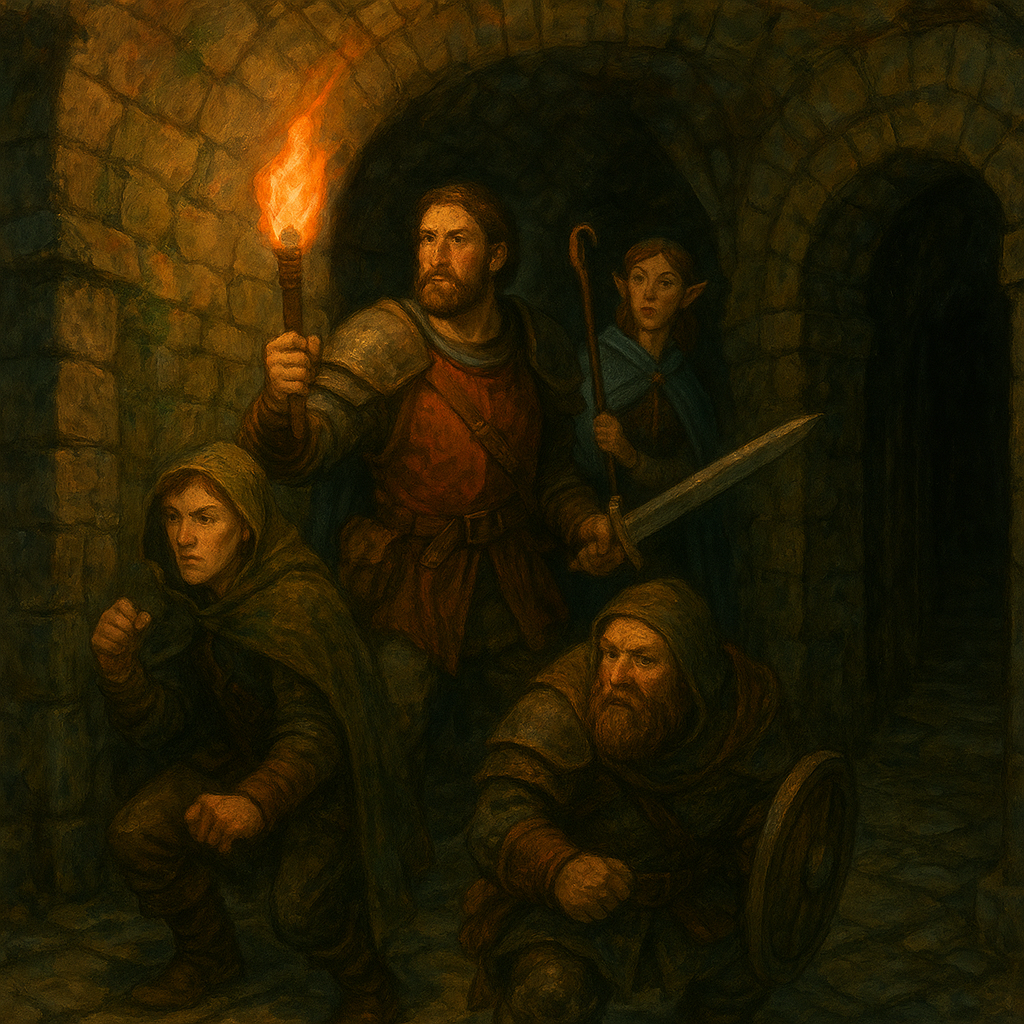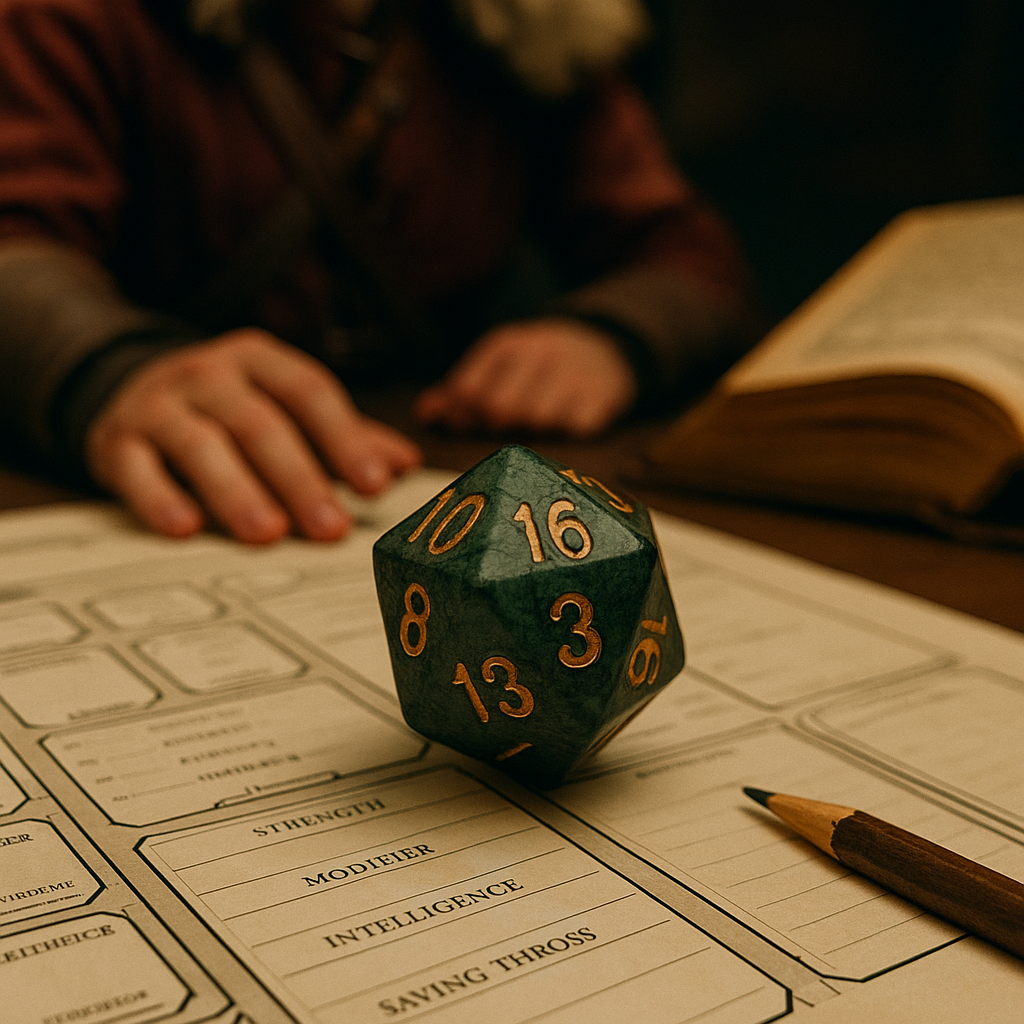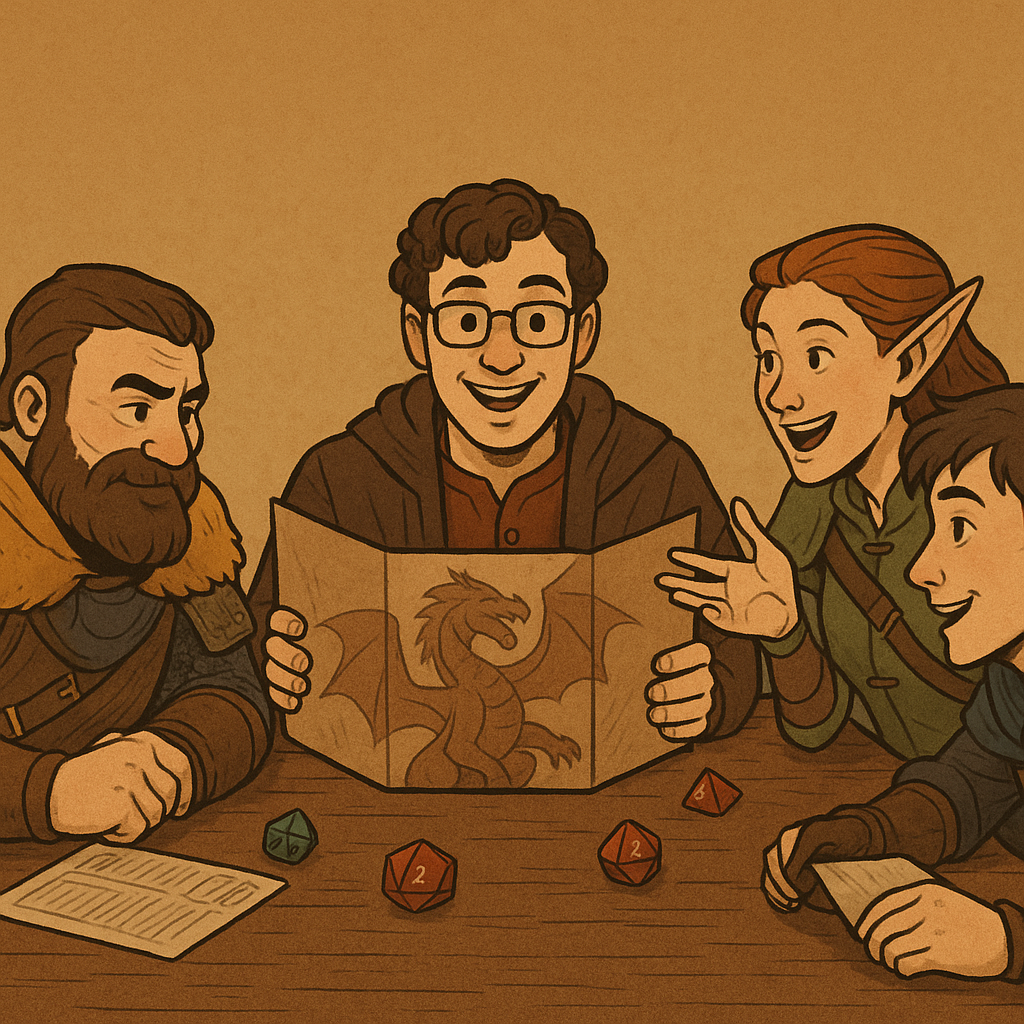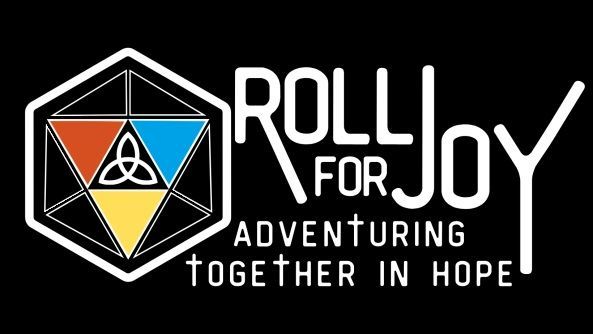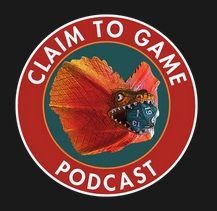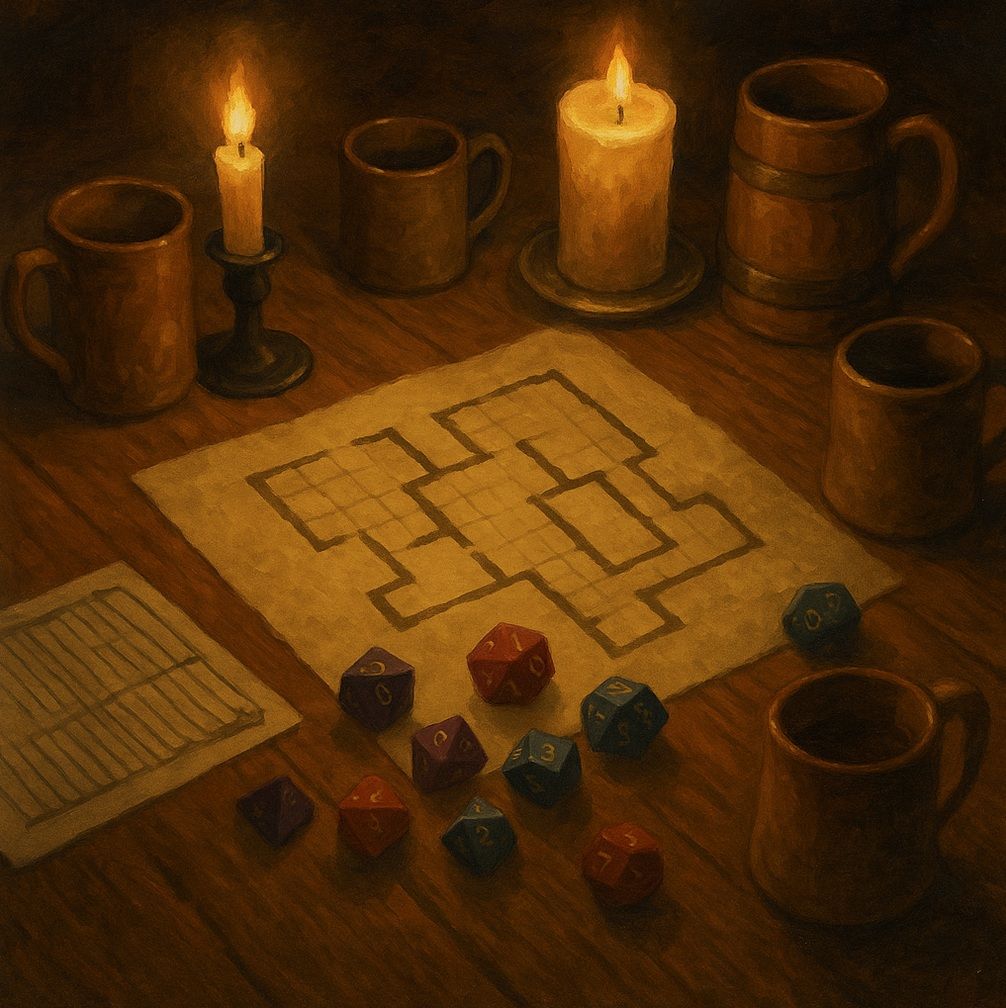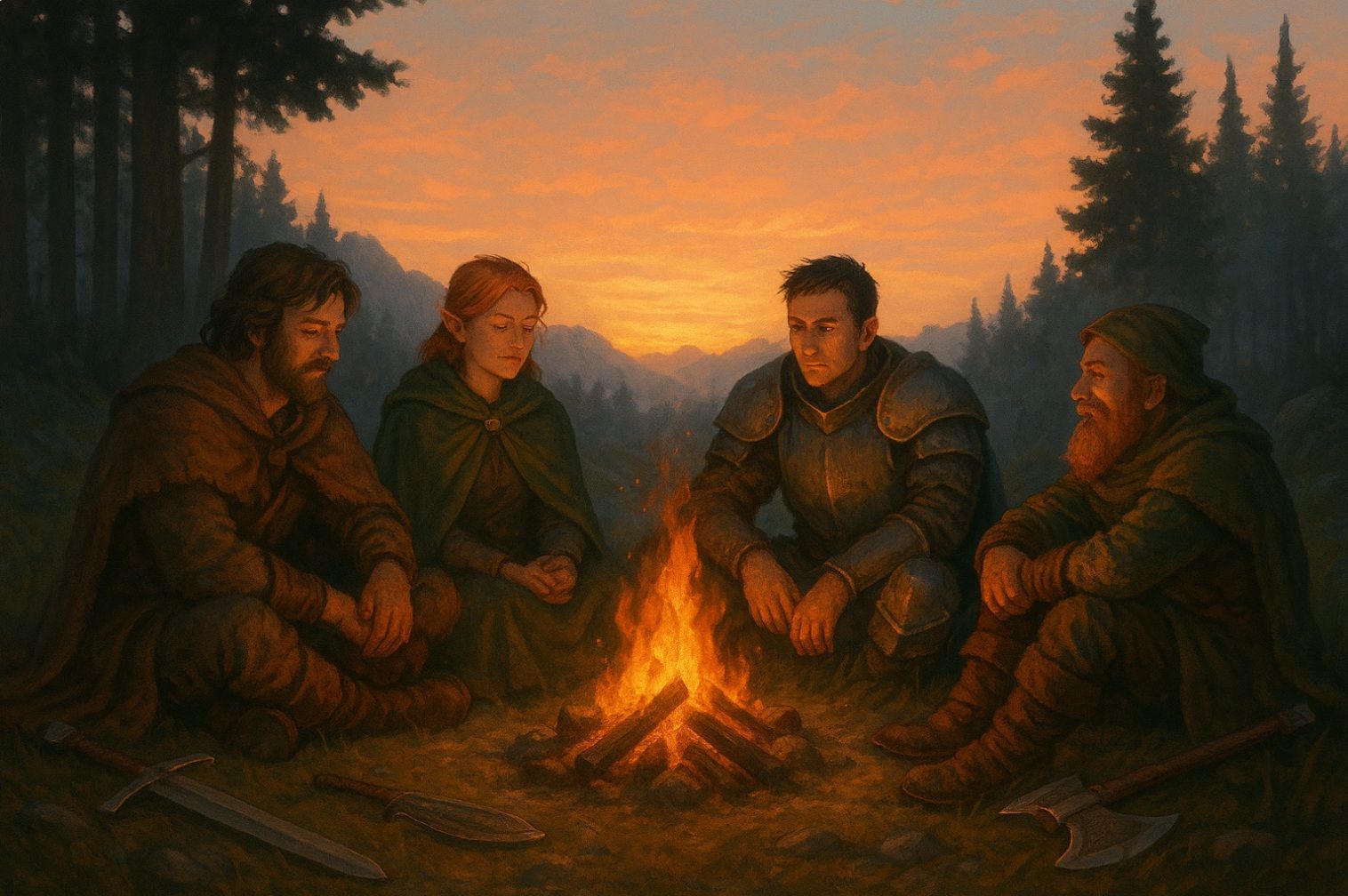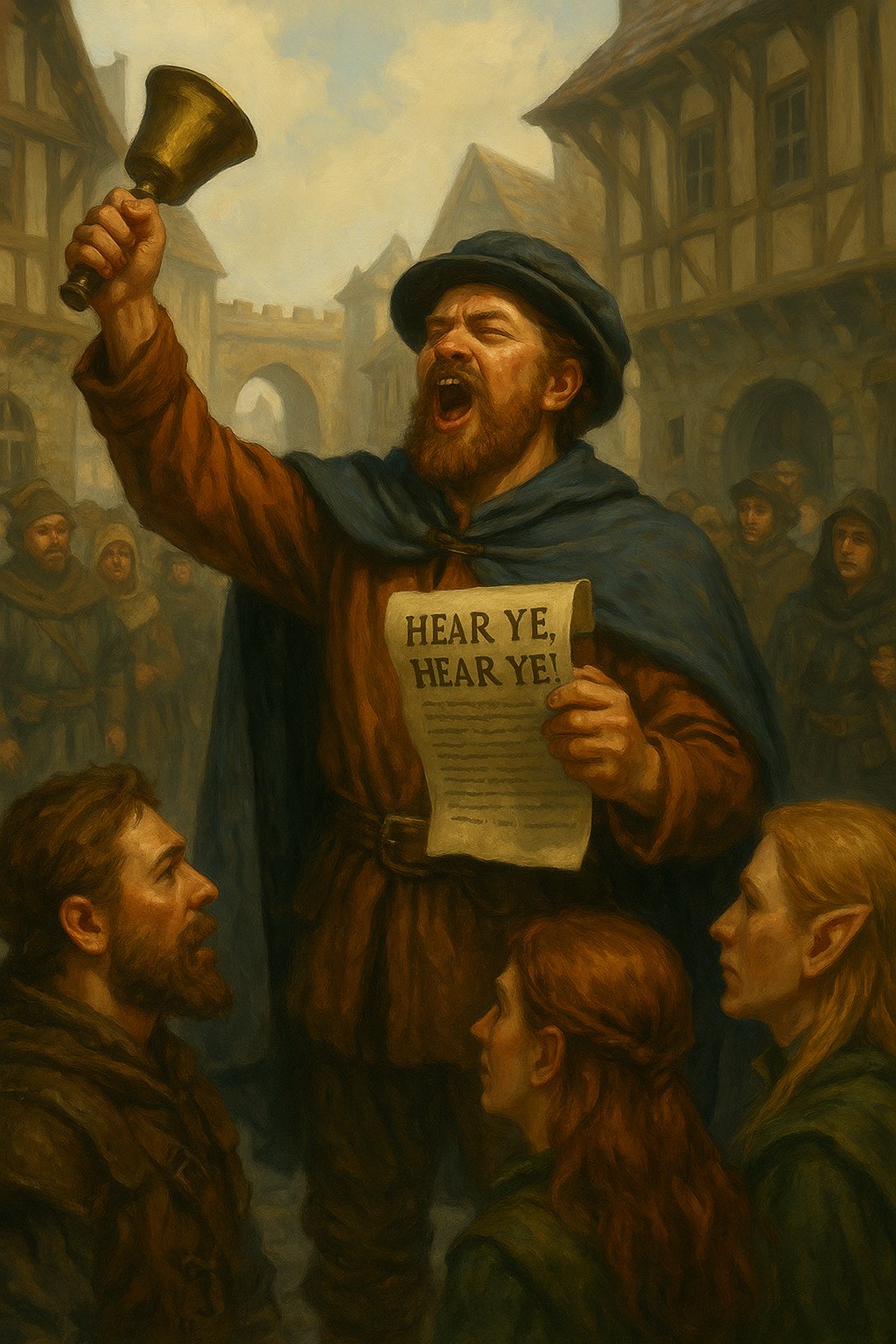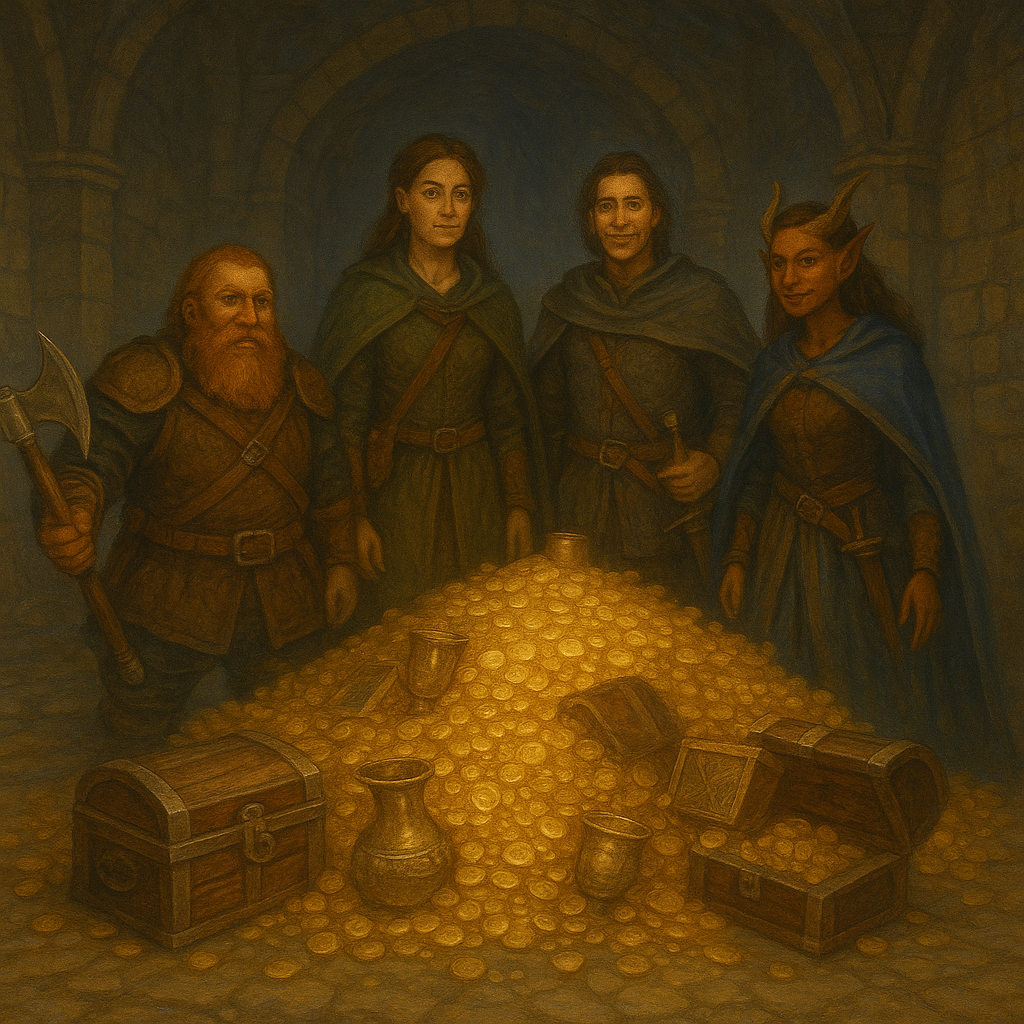How-To DM: 5 Tips For Better DnD 5e Shared Storytelling
How DM's Can Improve Their Shared Storytelling
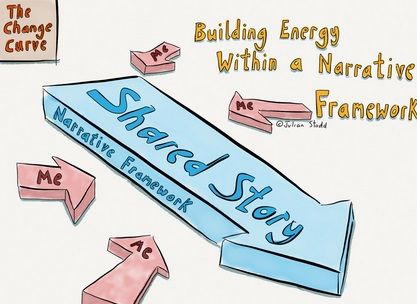
“Everything the Dungeon Master needs to weave legendary stories…”
That’s the subtitle for the DMG. It clarifies that the pillars of role playing, exploration, and combat are all tools to tell a story. Shared storytelling is the very essence of Dungeons and Dragons, keeping players and DM’s alike interested, invested, and engaged.
But built into the idea of “shared storytelling” is a tension between two competing forces… a tension that all DM’s struggle with… a tension that can tempt a DM’s to commit the “mortal sin” of DMing: taking away player agency.
Such actions violate the sacred rule of D&D: “Let the players lead”
And this tension, found in the phrase itself, is the tension between the game being random (“shared”) or meaningful (“storytelling”). Chaos exerting against order within a shared narrative…allow me to briefly explain.
The Universal Dilemma
A great story isn't a random collection of events; each one requires structure. It’s the DM’s job to provide that structure with rules, a setting, NPC’s, a goal, etc. With this structure in place, the events have the potential to become what humans love: meaningful stories. There is a reason people don’t just stare in the mirror and role play, or sit around a table rolling dice… outside of a story those actions are meaningless!
In D&D, the table tells the story together: role-playing shared scenarios resulting in a shared experience through shared imagination. For it to be shared, players need freedom to make choices all throughout their adventure (ie. player agency) that DM’s honor with fair consequences. Players and DM’s corporate to tell the story.
But here is the kicker:
Unless the players are a collective hive mind (highly unlikely...) randomness has the edge over structure.
Beyond dice rolls, the average table has 3-6 “authors” with diverse motivations pushing and pulling the story in different directions. Very quickly a cohesive story can break down as the plot is filled with scattered decisions and disconnected events. The whole adventure begins to feel random and aimless. And when everything feels random, the story becomes less meaningful, with players greeting each new encounter with an apathetic “what’s the point?”
So to summarize, here is the heart of the tension inherent to “shared storytelling”:
- Stories need structure to be meaningful
- In shared storytelling, players have freedom to lead
- That freedom often results in structure-breaking randomness
- With no structure, the game begins to feel meaningless
- As it feels meaningless, the GM steps in to restore order
- To restore order, the GM takes away choices and limits player freedom
- By taking away agency, “shared storytelling” is diminished
Human experience has taught us that when excessive randomness breaks down a story, people inevitably start checking out, GM’s start getting nervous, and agency starts to be taken away from the players to establish structure. Order reasserts itself over the chaos.
We need to find a solution that is common ground between players and GM... creativity and structure... chaos and order.
Solution: Make The PC’s the Epicenter of the Adventure
Here is my proposed solution:
Build the adventure around the PLAYER CHARACTERS
- Make the characters the north star that guides all your planning, which effectively lets the players lead the story...
- Make the player characters FIRST and then build everything else around them...
- Conceive every theme and crucial moment of the story AFTER your players create their characters...
- Drawn from them as inspiration, and let them be the glue that holds everything together...
DISCLAIMER: I do not assume that this is a universal solution. I am sure there are many people out there with many bright ideas in alleviating this problem. You can play D&D however you or your table want, and that is fine by me!
But the power of stories is both to entertain and to transform. And when shared storytelling works, you get the wonder of a shared memory that will stick with you forever.
Easier said than done, right? Here are 5 practical tips to help you center the campaign more in the player characters:
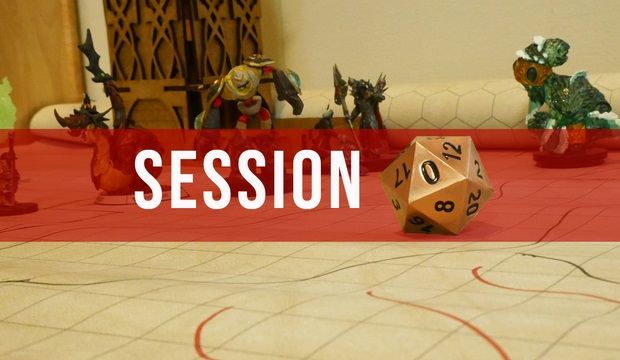
1) Pitch in a Long Session Zero
First of all, and I cannot stress this enough, you should have a session zero if you are running a long term campaign. You need a space to align expectations, discuss disagreements, and receive ownership from each player for participating in shared storytelling. Additionally, you use session zero to pitch a more character centered campaign and how that might require more from them than they are used to. Not every player wants to lead, so if they aren’t into it, that’s fine! But if the idea excites them, session zero clarifies and creates a shared responsibility for letting players lead.
2) Create Fleshed Out characters
If you are going to center a long adventure around PC’s, you need a wealth of information to mine. After session zero, players should understand that this is not the campaign for a one-off goof character. The “background” from PHB is a good place to start, but you’ll need more. They need to organize clearly who their character is and how their character needs to change. They must have real needs: hopes, desires, relationships, wounds, and, most importantly, flaws. The PC’s need specific problems the players want resolved as they change through the course of the campaign. They don’t need to know exactly how they will grow or where they will end up, but you need a general trajectory for you to plan around.
3) Independent, but thematic, BBEG
Imagine you are the BBEG after you have learned about their characters. Granted, the BBEG should be unconcerned and unaware the heroes even exist, going about his evil plan until the heroes come to foil it. But no matter who they are, the BBEG should be specifically relevant to each individual PC’s. Therefore, have the personality, actions, appearance, lair, something about the BBEG share the desired growth of your PC’s. When they inevitably defeat the BBEG, something in them should be fulfilled as well. That way they aren’t just saving the world… they are completing a character arc.
4) Character Centered Random Encounter Tables
I suggest sharing the plot by crafting random tables based off of your player characters. No one wants to fight random goblins you rolled off some chart that pose no real threat and have nothing to do with the story. If you are a master at improv maybe you could twist this into something meaningful, but it’s more likely you are just wasting everyone’s time.
Craft character centered tables by asking yourself (and your players!) questions: What world building lore is relevant to the PC’s? What would a PC see that would evoke an emotional reaction and opportunity for role play? What key elements to their backstory can resurface? Once you have a big list, divide them into tables that you can roll during the campaign. All your random encounter tables don’t have to be this way, but the majority should.
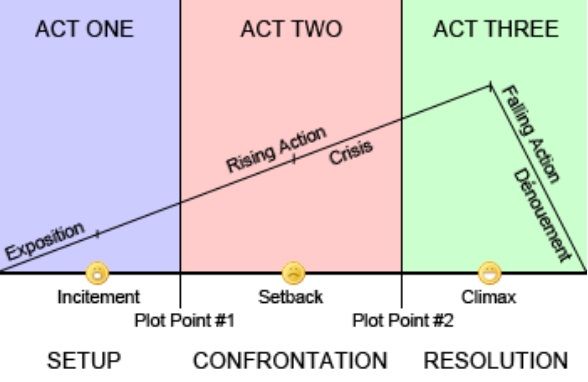
5) Pace Well
If you followed the above steps diligently, you should have spent 1-2 months creating the PC’s and building the world around them. And with this shared structure in place, NOW you can finally adventure, hooray!
My final disclaimer… PACE YOURSELF. This is for both players and GM’s:
- Pace Your Plot: Once you reveal a major plot point, it needs to be felt in the story itself. Use the world’s reactions to develop the impact, and give the players time to observe and wrestle with its impact.
- Pace PC Self Awareness: People tend to understand themselves and their motivations more as they get older and experience more things. Your PC’s are no different. Players know what motivates their characters, but make sure their growth include becoming self aware as to WHY they are motivated.
- Pace Character Growth: Have them grow bit by bit. If the player, session one, avenges their murdered family and feels at peace, there isn’t anywhere to go.
- If you are looking for help on how to pace, I suggest turning to common character arc structures, like Dan Harmon’s 8 part story structure and Joseph Campbell’s “The Hero with a Thousand Faces”.
Conclusion: What Does Shared Storytelling Look Like?
My suggestions are intended to create a more shared storytelling experience. I believe that by centering the campaign around the players, the players essentially lead even as the DM provides the necessary structure to keep it meaningful and turn your campaigns into a powerful storytelling vehicle.
In short, by centering the campaign on the players:
… The dichotomy between the players and the DM actions is removed…
… The story structure is maintained, promoting a meaningful experience…
…The randomness is woven in as a strength, rather than threat, to the story…
But I’m only one person, and 5 isn’t a very big number. Do you have any suggestions to structure a campaign that encourages more cooperative storytelling? Or any reservations with all that pre-campaign planning? Let us know in the comments section… I mean, why not make this blog post a little more shared too?
Cuique Sum…
By Riley Rath, Freelance TTRPG and Board Game Marketing Professional















